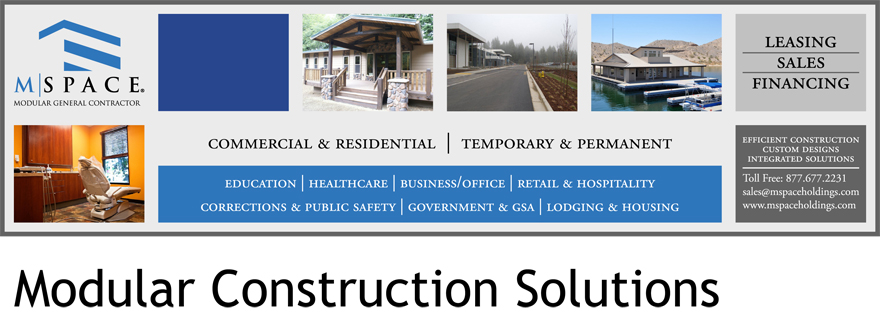As
state governments nationwide continue to struggle balancing their budgets,
conventional school system administrators across the country are feeling the
pinch. Many have been forced to scrap plans for expansion and improvements.
Charter schools, however, are facing a completely different challenge. The
development and expansion of charter facilities is expected to
increase substantially across the nation this year, according to a study
conducted by ENR California, a leading construction industry publication. To
keep up with continued growth, many schools are turning to modular construction
for solutions.
In a small North Carolina town, modular buildings provided a would-be charter facility with the structures that they needed to make their dream of a local school a reality. As the city had no school of its own, children were required to take 30-mile bus trips to schools in neighboring cities. Once the charter was approved, administrators had to hustle to get the school up and running before the fall semester. Existing modular buildings that could be installed quickly became the answer. The school opened on time and within budget with the help of pre-leased modular classrooms.
Not every manufacturer has the inventory and experience to respond quickly to the immediate and changing needs of charter schools. To ensure a cohesive architectural style across the campus, buildings can be designed or refinished to match existing structures.
Modular providers often offer a number of financing options, including various lease types and sales. As enrollment in charter schools increased nationally over the last year by 12.5 percent to over 2 million students, the demand for modular construction is likely to continue, providing a practical solution for school expansion.
In a small North Carolina town, modular buildings provided a would-be charter facility with the structures that they needed to make their dream of a local school a reality. As the city had no school of its own, children were required to take 30-mile bus trips to schools in neighboring cities. Once the charter was approved, administrators had to hustle to get the school up and running before the fall semester. Existing modular buildings that could be installed quickly became the answer. The school opened on time and within budget with the help of pre-leased modular classrooms.
Not every manufacturer has the inventory and experience to respond quickly to the immediate and changing needs of charter schools. To ensure a cohesive architectural style across the campus, buildings can be designed or refinished to match existing structures.
Modular providers often offer a number of financing options, including various lease types and sales. As enrollment in charter schools increased nationally over the last year by 12.5 percent to over 2 million students, the demand for modular construction is likely to continue, providing a practical solution for school expansion.
